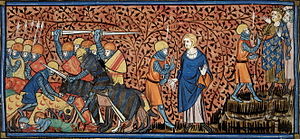The 1040s was a decade of the Julian Calendar which began on January 1, 1040, and ended on December 31, 1049.
The 1090s was a decade of the Julian Calendar which began on January 1, 1090, and ended on December 31, 1099.
Year 1071 (MLXXI) was a common year starting on Saturday of the Julian calendar.
The 1100s was a decade of the Julian Calendar which began on January 1, 1100, and ended on December 31, 1109.
The 1050s was a decade of the Julian Calendar which began on January 1, 1050, and ended on December 31, 1059.
The 1140s was a decade of the Julian Calendar which began on January 1, 1140, and ended on December 31, 1149.
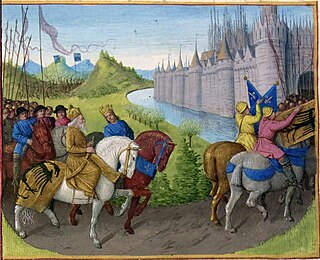
Year 1147 (MCXLVII) was a common year starting on Wednesday of the Julian calendar.

1055 (MLV) was a common year starting on Sunday of the Julian calendar.

Year 1097 (MXCVII) was a common year starting on Thursday of the Julian calendar.
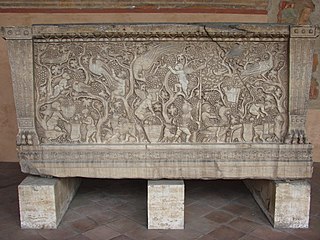
Year 1048 (MXLVIII) was a leap year starting on Friday of the Julian calendar.

Year 1056 (MLVI) was a leap year starting on Monday of the Julian calendar.

Year 1059 (MLIX) was a common year starting on Friday of the Julian calendar.

Year 1094 (MXCIV) was a common year starting on Sunday of the Julian calendar.

Year 1105 (MCV) was a common year starting on Sunday of the Julian calendar.
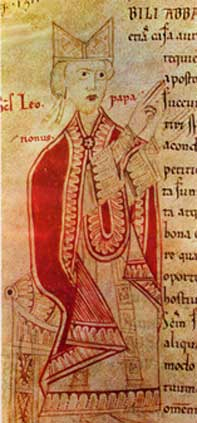
Pope Leo IX, born Bruno von Egisheim-Dagsburg, was the head of the Catholic Church and ruler of the Papal States from 12 February 1049 to his death in 1054. Leo IX is considered to be one of the most historically significant popes of the Middle Ages; he was instrumental in the precipitation of the Great Schism of 1054, considered the turning point in which the Catholic and Eastern Orthodox Churches formally separated. He is venerated as a saint in the Catholic Church.

Gerard, also known as Gerard the Wonderful, was a Lotharingian nobleman. He was the count of Metz and Châtenois from 1047 to 1048, when his brother Duke Adalbert resigned them to him upon his becoming the Duke of Upper Lorraine. On Adalbert's death the next year, Gérard became duke, a position that he held until his death. In contemporary documents, he is called Gérard of Alsace, Gérard of Chatenoy, or Gérard of Flanders.

Humbert of Silva Candida, O.S.B., also known as Humbert of Moyenmoutier, was a French Benedictine abbot and later a cardinal. It was his act of excommunicating the Patriarch of Constantinople Michael I Cerularius in 1054 which is generally regarded as the precipitating event of the East–West Schism between the Roman Catholic Church and the Eastern Orthodox Churches.
Leo of Ohrid was a leading 11th-century Byzantine churchman as Archbishop of Ohrid (1037–1056) and advocate of the Ecumenical Patriarchate of Constantinople's views in the theological disputes with the See of Rome, which culminated in the East–West Schism of 1054.
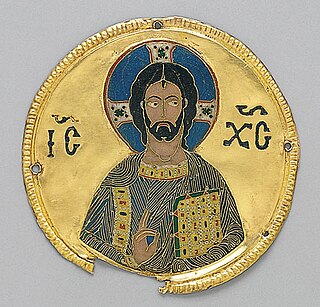
Christianity in the 11th century is marked primarily by the Great Schism of the Church, which formally divided the State church of the Roman Empire into Eastern (Greek) and Western (Latin) branches.

Michael I Cerularius or Keroularios was the Patriarch of Constantinople from 1043 to 1059 AD. His disputes with Pope Leo IX over church practices in the 11th century played a role in the events that led to the Great Schism in 1054.
